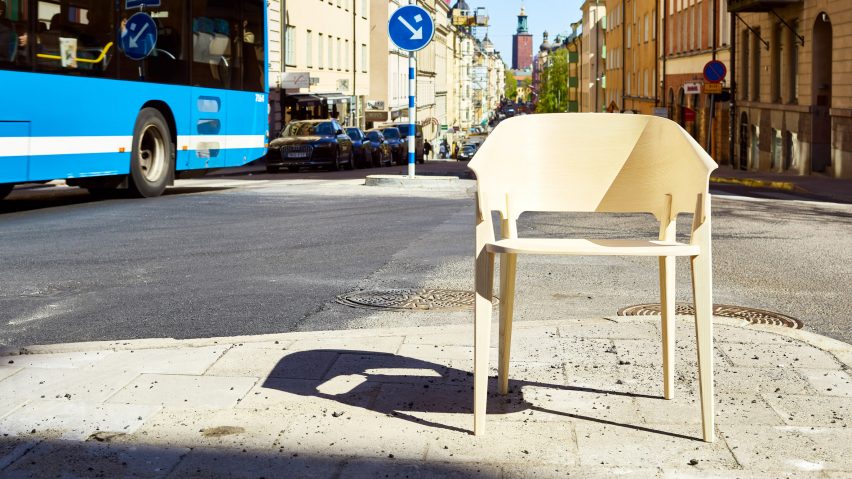
Claesson Koivisto Rune cuts out manufacturer to create chair in eight weeks
It took less than eight weeks for Claesson Koivisto Rune's Three Piece Chair to go from cardboard mock-up to production-ready model.
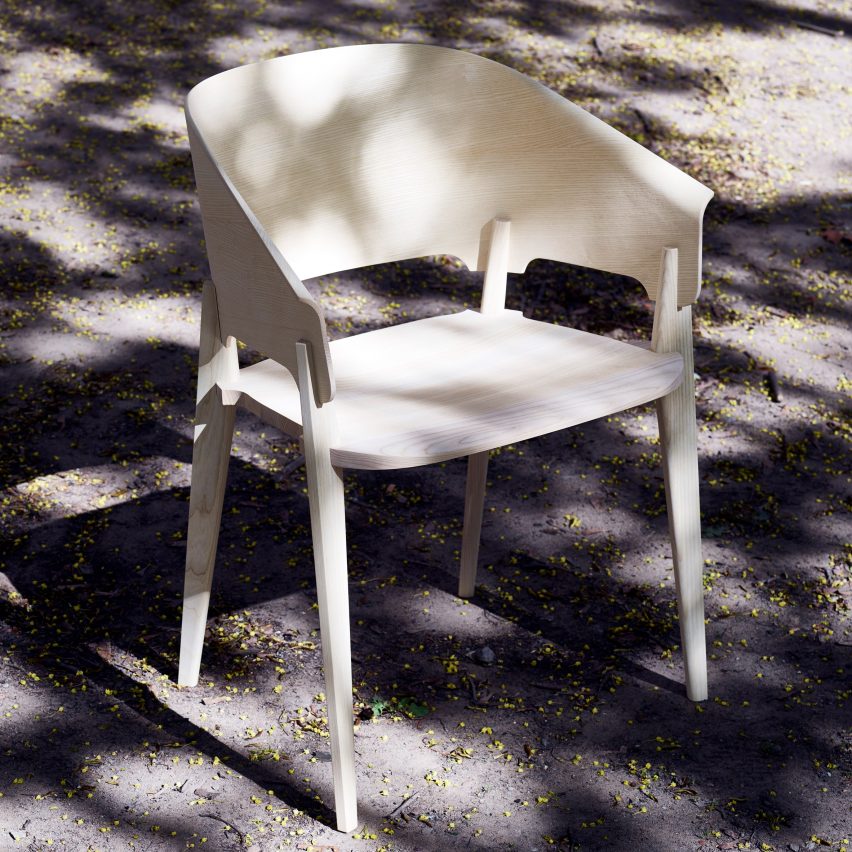
After becoming frustrated with what can be a lengthy manufacturing process, the Stockholm studio partnered with former intern and carpenter Rasmus Palmgren to experiment with new ways of creating prototypes.
Palmgren proposed cutting out the manufacturer, and giving the studio the chance to oversee the entire production and development of the design. The aim would be for Claesson Koivisto Rune to be able to eventually take control of the mass manufacturing.

The designers worked with Palmgren to create a wooden chair – which they say is one of the most challenging pieces of furniture to design – made from sections that would interlock to form structural support.
Parts were kept to a minimum, and slot joints developed to make the chair's assembly as straightforward as possible.
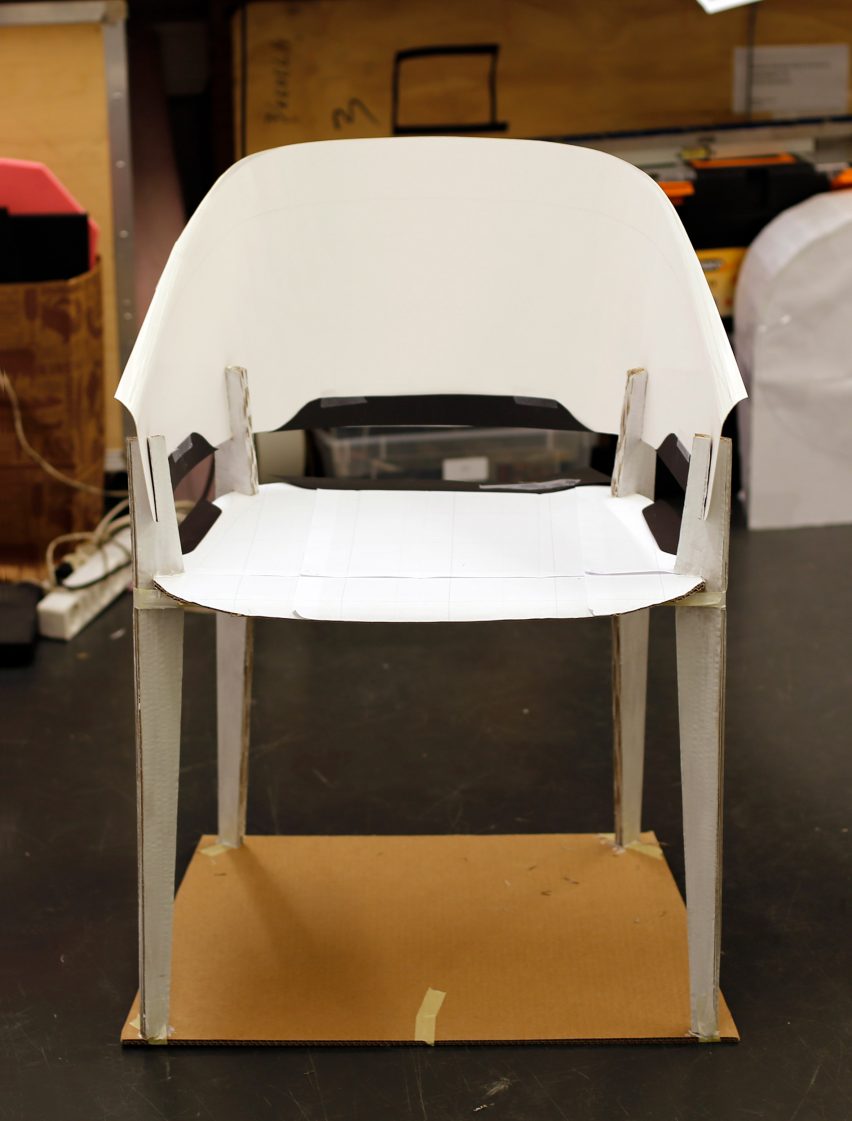
"As well as accentuating the joints themselves, their proximity and orientation results in a surprisingly strong lightweight construction," said the studio. "This chair is not created to be brash, but to us it holds the seed for an industrial evolution."
Traditionally, designers share sketches with manufacturers, who develop a production method and take responsibility for the associated costs.
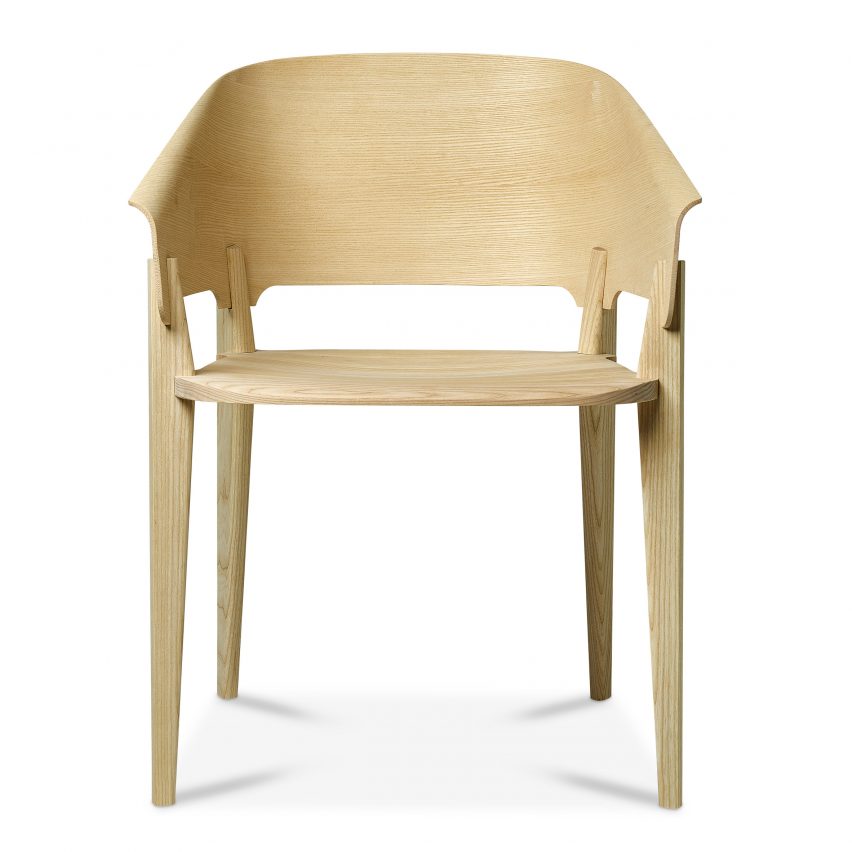
But these days, designers are increasingly responsible for creating 3D files for the machines that create the final products. According to the studio, designers can expect as little as three per cent royalty.
"Today the designer must share the investment with the manufacturer but finds it impossible to raise his royalty level; the return remains with the older model," said Claesson Koivisto Rune.
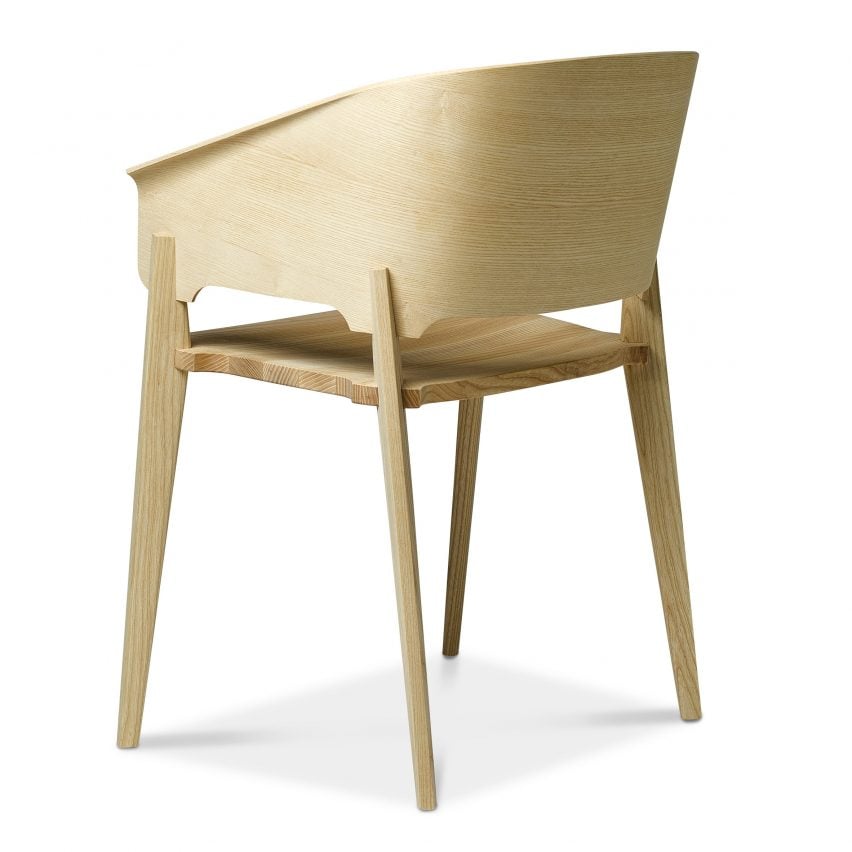
"The bad news is that it is increasingly hard to make any reasonable living out of being a freelance furniture designer," the studio added.
"The good news is that you are forced to grow manufacturing process skills that inevitably makes you a more professional designer. A designer with a greater confidence. And even, maybe, less intimidated by the manufacturer."
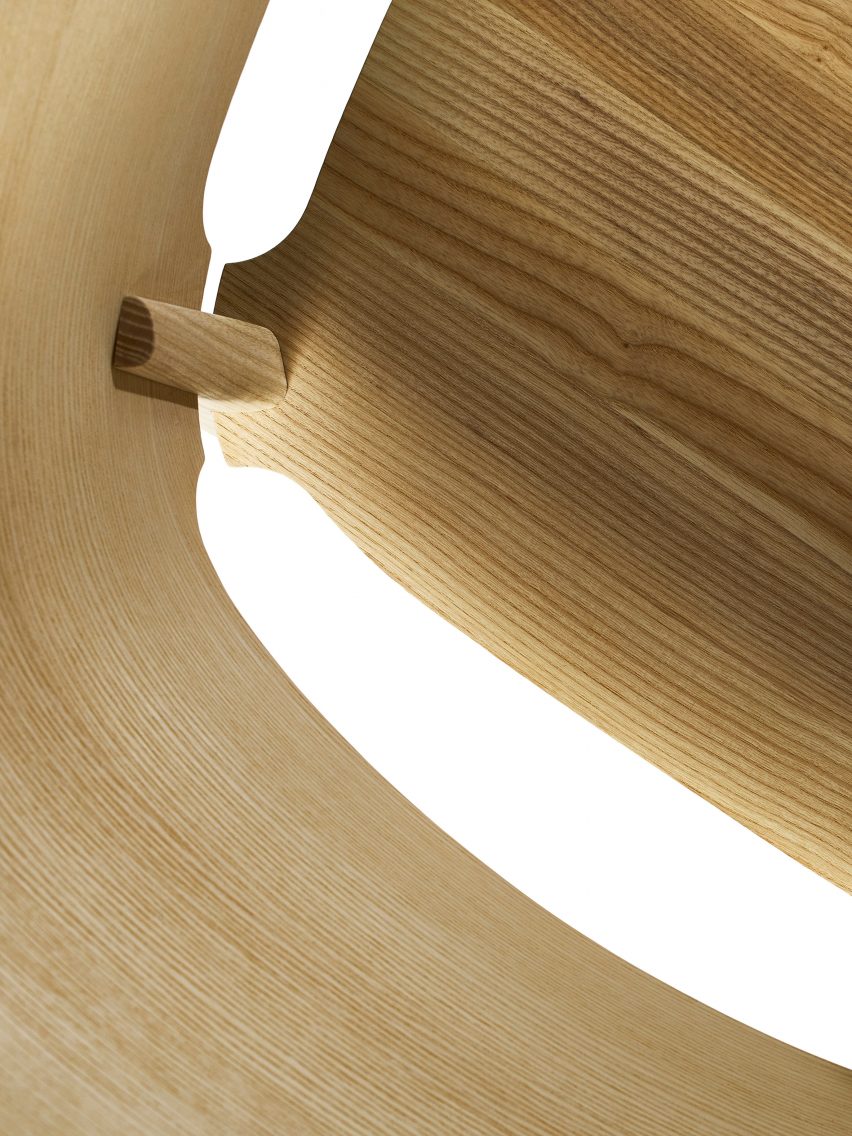
Claesson Koivisto Rune is currently researching line production for the chair, and hopes to use the method again for future products.
The Stockholm studio was founded in 1995 by Mårten Claesson, Eero Koivisto and Ola Rune. Although it was originally established as an architectural practice, the studio has expanded its remit. It now designs furniture, lighting and its own range of homeware products.
It recently created a collection of disc-shaped table lamps for FontanaArte and a vibrating massage pillow based on the shapes of beach pebbles.
Photography of the final prototype is by Anthony Hill.